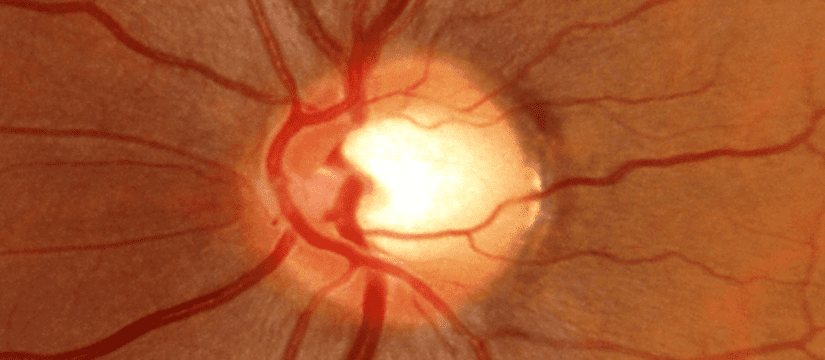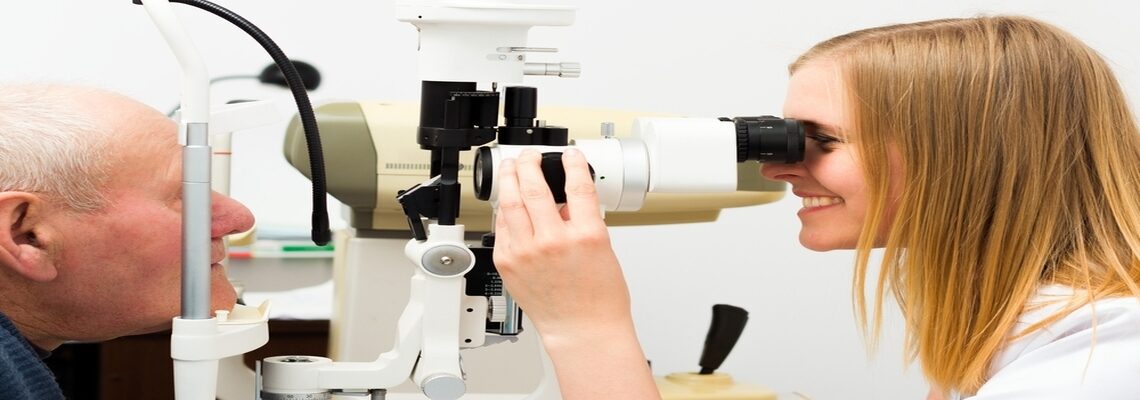

Glaucoma generally, is not a single disease process but a group of disorders characterized by progressive optic neuropathy resulting in a characteristic appearance of the optic disc and a specific pattern of irreversible visual field defects that are associated frequently but not invariably with raised intra-ocular pressure
The term glaucoma covers a wide range of ocular signs and symptoms. However, in routine practice of eye-care practitioners, it has proven useful to apply the term glaucoma to all patients having increased intraocular pressure (with or without glaucomatous damage) as well as glaucomatous damage (with or without high IOP). Therefore, glaucoma may be defined as a name given to a group of ocular conditions characterized typically by elevation of intraocular pressure (IOP), cupping of the optic nerve head and a concomitant visual field loss.
In this article, Primary Open Angle Glaucoma (POAG) is a chronic, progressive disease that most often presents with a characteristic optic nerve (ON) damage, nerve fiber layer (NFL) defects and subsequent irreversible visual field loss in the presence of normal open angle by gonioscopy. It is generally bilateral but not always symmetrical in its clinical presentation and occurs primarily in adults.
The possible link of POAG to ABO blood was first undertaken by Samuel Olomo et al in a research paper titled The Relationship Between ABO Blood Group, Rh (D) Factor And The Development Of Primary Open Angle Glaucoma (POAG) presented to the University of Benin in 2012.
Samuel Olomo’s inquisition into this possible link with blood group was the result of the peer reviews previously conducted where he found with remarkable clinical correlations between certain diseases and blood groupings of previous researchers which have long been scientifically confirmed by geneticists.
n his research, he suggested that the distribution of a number of genetically determined characters may act as markers for glaucoma, particularly primary open angle glaucoma (POAG), which occurs more frequently in families and which is believed to be of polygenic in inheritance.
- Cororonary heart diseases,
- Ulcus ventriculi
- Gastritis and
- Leukemia (Hirszfeld et al. 2010).
In the research paper, he noted that certain disease have already been established to have association with blood groups among which included:
- Myopia
- Nuclear cataract and
- Convergent squint (Padma and Murty 1983).
Molecular Physiology of Red Blood Cells in Genetics
At the molecular level, the membranes of human red cells contain a variety of blood group antigens which are also called agglutinogens. The most important and best known of these are the A and B antigens. The molecular basis of the ABO blood group system was elucidated in 1990 (Yamamoto F, Clausen H, White T, et al: Molecular genetic basis of the histo-blood group ABO system. Nature (Lond) 1990; 345(6272):229-233).
The H gene encodes a glycosyltransferase, which transfers N-acetyl D-galactosamine (group A) or D-galactose (group B) to the nonreducing ends of glycans on glycoproteins and glycolipids. Blood group AB has both transferases. The group O phenotype results from inactivation of the A1 glycosyltransferase gene and the non-reducing ends of the corresponding glycans in group O subjects express the blood group H antigen.
It has been shown that the A and B antigens are inherited as Mendelian allelomorphs with antigen A and B being dominant (William F. Ganong 2005: review of medical physiology. 22nd Ed. pp: 537-539). The membranes of red blood cells have several hundreds of isotopes that their structure is under control of genes that are located on different chromosomes.
Identification of such association between diseases and blood groups is an excellent source for genetic researches in humans. Hence, identification of any association between glaucoma and blood groups can help us better understand the genetic loci of glaucoma



3 Comments
Parexcellence Medical Center
Interesting article. So from this research, is conclusive there’s a positive link between Glaucoma and specific Blood groups or more data reviews and research needs to be done?
Mark
Thanks for your blog, nice to read. Do not stop.
Samuel Matthew
Thanks a lot Mark. It’s fulfilling to note that you find our article interesting